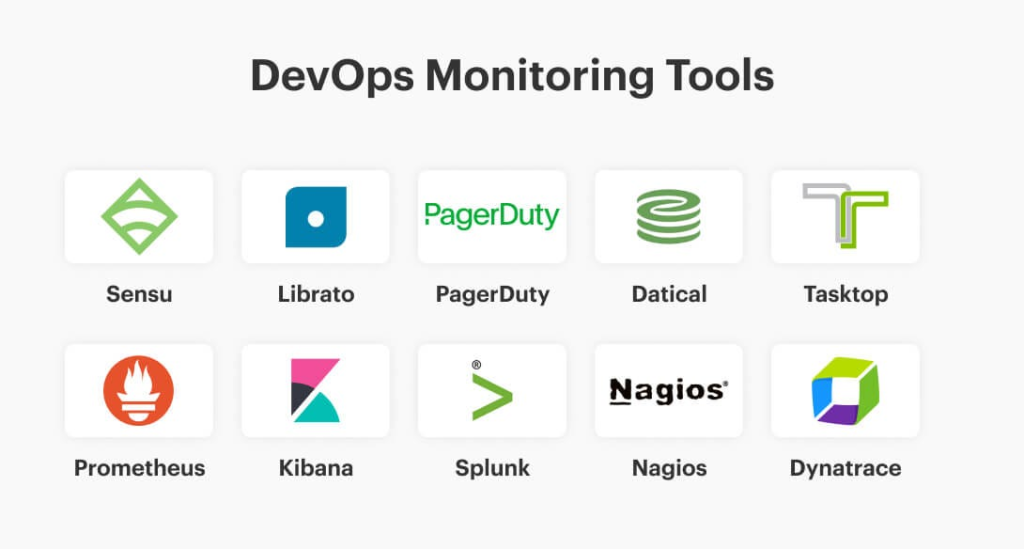
The monitoring and logging landscape in 2024 is vibrant and diverse, offering a plethora of tools catering to specific needs and budgets. Here’s a breakdown of some popular options:
Unified Monitoring Platforms:
- Datadog: Comprehensive solution for application performance monitoring (APM), infrastructure monitoring, and log management. Known for its user-friendly interface and insightful dashboards.
- New Relic: Excellent APM capabilities with deep code visibility and real-time performance insights.
- Dynatrace: Powerful AI-driven platform for full-stack monitoring, anomaly detection, and automated problem resolution.
Cloud-Native Monitoring Solutions:
- Amazon CloudWatch: Built-in monitoring service for AWS, offering extensive coverage of AWS resources and cost-effective monitoring for smaller setups.
- Azure Monitor: Comprehensive offering for Azure cloud monitoring, including infrastructure, containers, and applications.
- Google Cloud Monitoring: Integrated solution for GCP monitoring, with strong emphasis on scalability and data analytics.
Log Management Tools:
- Splunk: Industry leader in log management, offering powerful search, analysis, and visualization capabilities.
- ELK Stack (Elasticsearch, Logstash, Kibana): Open-source, highly customizable platform for collecting, processing, and visualizing log data.
- Graylog: Open-source log management solution with a user-friendly interface and strong community support.
Other Notable Tools:
- Prometheus: Open-source monitoring system with a robust ecosystem of exporters and plugins.
- Grafana: Powerful visualization tool for time series data, often paired with Prometheus and other monitoring systems.
- Honeycomb: Scalable tool for analyzing event-based data, excelling in troubleshooting complex distributed systems.
Choosing the Right Tool:
Selecting the right tool depends on various factors, including:
- Infrastructure footprint: On-premises, cloud, or hybrid environment?
- Monitoring needs: Application performance, infrastructure health, security, or specific metrics?
- Budget: Open-source, freemium, or paid subscription?
- Technical expertise: Ease of use and administration requirements.
- Integration capabilities: Compatibility with existing tools and workflows.
Best Practices for Effective Monitoring and Logging:
- Define clear goals: Identify what you want to monitor and achieve with the data.
- Implement centralized monitoring: Consolidate data from various sources for holistic insights.
- Set alarms and alerts: Proactively detect anomalies and potential issues.
- Analyze and visualize data: Gain actionable insights through data analysis and visualization tools.
- Automate routine tasks: Streamline operations and reduce manual effort.
- Continuously improve: Regularly review and optimize your monitoring and logging setup.
Always keep in mind, the right tools are only half the equation. Effective monitoring and logging requires an active approach to analyzing data, identifying trends, and taking proactive measures to ensure optimal performance and security.
Say goodbye to the hassles of bike ownership! MotoShare.in offers affordable rentals, whether you need a scooter for errands, a bike for a road trip, or a reliable ride to explore new cities.

 Starting: 1st of Every Month
Starting: 1st of Every Month  +91 8409492687
+91 8409492687  Contact@DevOpsSchool.com
Contact@DevOpsSchool.com
